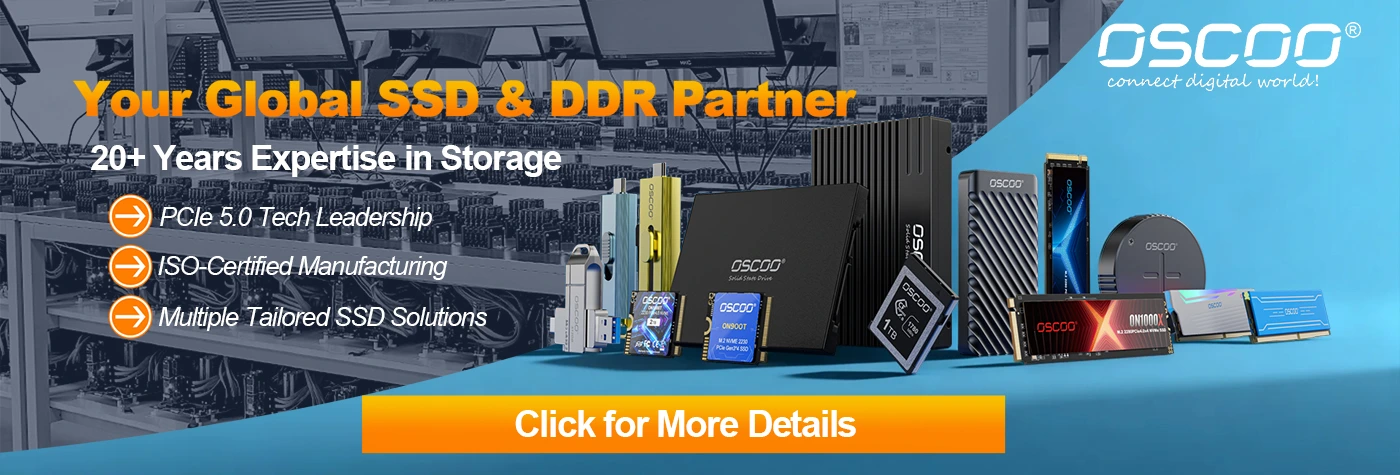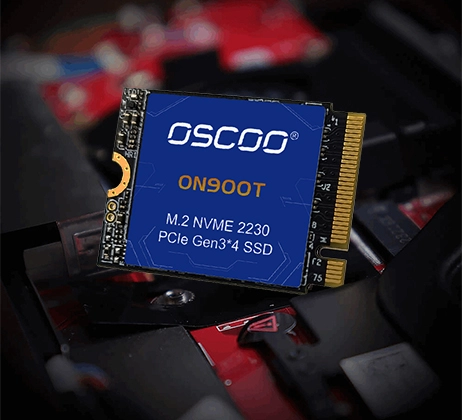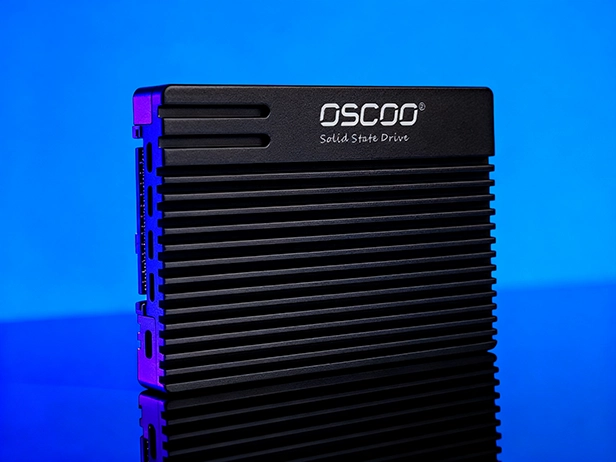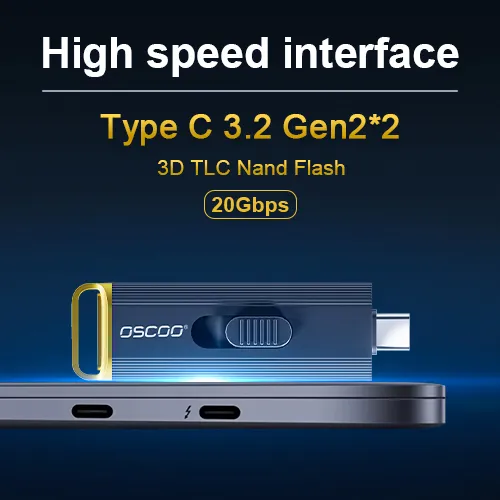A milestone has been achieved in global storage technology. Recently, SK Hynix has announced the mass production of the world’s first 321-layer 2Tb QLC NAND flash, marking QLC technology’s breakthrough beyond 300 layers. Featuring a six-plane architecture design to enhance parallel processing, this product improves write speeds by 56% and read speeds by 18% over previous generations, with 23% greater energy efficiency. It is scheduled to enter the AI data center market in the first half of 2026. Its doubled per-chip capacity and ultra-high integration make it a cost-performance-optimized storage solution for AI servers.
Why QLC Is AI’s Optimal Storage Solution
QLC technology is evolving from a “performance compromise” to the “mainstream choice for the AI era.” Its core advantages lie in high density and low cost: Compared to TLC flash, QLC increases storage density by 33% and reduces unit capacity costs by over 30%, enabling single-drive capacities to exceed 256TB. This perfectly matches AI workloads—for example, autonomous vehicles generate 20GB of data per second, and weather modeling requires real-time access to 50PB of historical data. In such scenarios, QLC SSD efficiency is 25 times higher than traditional HDDs.
AI inference servers prioritize read operations, which account for over 80% of data activity. This significantly mitigates QLC’s endurance limitations. Meanwhile, the adoption of PCIe 5.0/6.0 interfaces and CXL 3.0 protocols further unleashes QLC’s potential. SK Hynix’s PS1010 SSD reaches 15GB/s read speeds, while Kioxia and Samsung’s optically interconnected SSDs reduce latency to nanoseconds, creating high-speed data channels for QLC.
Market Surge: Demand Growth and Supply Restructuring
Enterprise QLC SSD demand is growing exponentially. TrendForce data shows a 400% year-on-year increase in QLC shipments for AI inference servers in 2024, reaching 30EB—equivalent to approximately 31.46 million TB. Cloud service providers like AWS and Azure have initiated large-scale procurement of 128TB QLC SSDs to build AI data lakes. Omdia predicts that QLC’s share of the NAND market will rise from 12.9% in 2023 to 46.4% by 2027, nearly matching TLC.
On the supply side, technology iteration is accelerating. Beyond SK Hynix’s 321-layer QLC, Yangtze Memory Technologies’ Xtacking 4.0 QLC particles increase storage density by 42% and endurance by 33%. SanDisk’s 256TB UltraQLC SSD uses “direct write technology” to eliminate reliance on SLC caching. While Samsung and Solidigm dominate nearly 80% of the enterprise QLC market, Chinese manufacturer DERA’s D8000 PCIe 5.0 SSD—equipped with Yangtze Memory particles—enters the high-end market with 50μs ultra-low latency.
Challenges and Innovations: Overcoming Endurance Limits
The industry is addressing QLC endurance concerns through technological innovation:
Error-correction algorithms: Silicon Motion’s NANDXtend ECC combines 4KB LDPC engines with RAID data recovery, increasing QLC endurance to over 3,000 program/erase cycles. This meets enterprise-grade daily full-drive write demands.
Architectural redesign: Hybrid storage architectures now pair TLC for hot data, QLC for warm data, and HDD for cold data. Tencent Cloud’s “Lightning Cube” system virtualizes single drives into 256 independent spaces, supporting concurrent access by 64 virtual machines.
Future Outlook: QLC’s Next Revolution
Capacity boundaries continue to expand. SK Hynix plans 300TB QLC SSDs, while Yangtze Memory’s 2Tb QLC particles will enable 1PB single-drive capacities. Applications are extending from data centers to edge devices—OPPO and Transsion plan to launch smartphones with QLC UFS storage in 2025, and Apple is evaluating 2TB QLC storage for iPhones.
A more transformative shift is memory-compute integration. Huawei and NVIDIA’s “compute-in-storage” QLC SSDs can handle partial AI inference tasks, reducing data transfer delays. With optical interfaces and 300+-layer stacking maturing, QLC will evolve from a cost center to a value engine for AI ecosystems.
Conclusion
QLC’s rise—from a niche technology to a market staple—is the storage industry’s precise response to the AI wave. With 321-layer NAND in mass production and applications spanning all scenarios, low-cost, high-density QLC SSDs are becoming the core foundation for humanity’s “memory palace,” accelerating our journey toward a real-time digital twin world.





